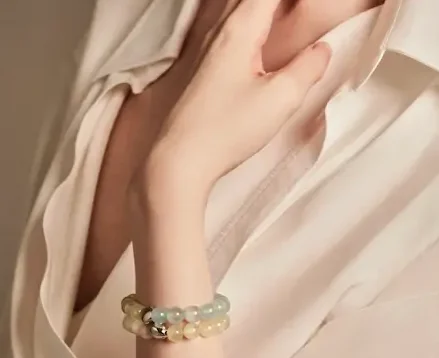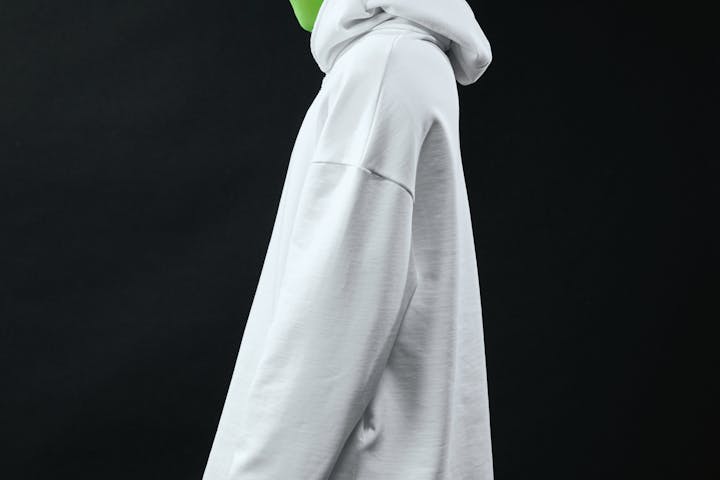Introduction
Exploring the intricacies of cultural attire offers a window into the records, values, and artwork of a network. Among those, hmong men clothes stand out for his or her precise blend of culture, symbolism, and craftsmanship. This attire now not simplest serves a purposeful role but additionally plays a enormous part within the preservation and celebration of Hmong tradition. This distinctive review dives into the essence of Hmong guys’s garments, unraveling their historical roots, key components, and the profound meanings embedded within their designs.
The Historical Significance of Hmong Men’s Clothes
The apparel of Hmong guys is deeply entrenched in their past, encapsulating the myriad stories of the hmong men clothes at some point of history. These garments were meticulously crafted to align with the Hmong men’s manner of existence, stimulated by way of their migrations and the diverse terrains of Southeast Asia they inhabited. The layout and construction of hmong men clothes had been important for survival, offering safety and functionality in their predominantly agrarian and nomadic life.
However, those clothes had been greater than mere requirements; they have been a medium for storytelling and retaining the collective reminiscence of the Hmong human beings. Through the choice of material, colour, and sample, these garments conveyed memories of valor, resilience, and network bonds, appearing as a wearable archive of Hmong background. The evolution of these clothes over the years additionally reflects the adaptability and enduring spirit of the Hmong, showcasing their ability to hold cultural identity amidst changing landscapes and demanding situations.
Key Components and Their Meanings
Central to the conventional hmong men clothes ensemble are several pivotal elements, each imbued with deep cultural significance. At its center, the outfit capabilities an extended jacket decorated with problematic embroidery, complemented by using unfastened trousers and regularly accented with a sash or belt. The selection of colours and motifs in those garments is planned, symbolizing the wearer’s familial lineage and social status.
Colors can also denote allegiance to precise clans, at the same time as the styles embroidered onto the cloth encapsulate achievements or narrate extensive historic or natural activities. Each thread in embroidery, a ability loved and passed down through generations, captures our family histories and private accomplishments. Hmong men’s clothes attire, with its rich tapestry of elements, not only marks their identity but also serves as a vibrant canvas for the intricate weaving of Hmong people’s stories and traditions.
The Art of Hmong Embroidery
Embroidery is a essential component of hmong men clothes apparel, distinguished by means of its complexity and the cultural narratives it conveys. This craft, a family heirloom, surpasses expertise and techniques from one era to the next, ensuring its survival and continued evolution. Artisans stitch styles into the cloth that are rich in symbolism, often depicting scenes from nature, spiritual motifs, and stories passed through the ages.
These designs are extra than simply ornamental; they function a shape of expression and conversation, capturing the essence of the wearer’s history and private journey. The Hmong community fantastically demonstrates mastery of embroidery, reflecting a deep respect for culture and the skillful artistry needed to bring these textiles to life. The meticulous method at the back of each piece highlights the determination to maintaining a unique cultural identification through the medium of garb, making hmong men clothes embroidery a celebrated factor of the network’s artistic legacy.
Modern Influences and Adaptations
As Hmong groups have unfold across the globe, their traditional guys’s apparel has obviously intersected with contemporary style developments. This move-cultural alternate has sparked a creative reimagining of Hmong clothes, merging age-vintage designs with current sensibilities. Innovative Hmong designers are main this evolution, experimenting with new substances, cuts, and styling even as maintaining the essence of traditional motifs and embroidery techniques.
These modern interpretations provide a sparkling attitude on Hmong heritage, making it greater handy and appealing to more youthful generations and diverse audiences international. This blending of past and found in hmong men clothes is a testomony to the dynamic nature of cultural expression, showcasing the ability of the Hmong human beings to navigate exchange at the same time as staying rooted in their wealthy traditions. Through those variations, hmong men clothes keep to serve as a vibrant brand of identity in the current global, bridging the distance between history and the right here-and-now.
The Role of Hmong Men’s Clothes in Cultural Preservation
Hmong guys’s attire stands as a vital pillar in safeguarding and promoting the wealthy tapestry of Hmong background. By carrying these conventional garments during cultural occasions and ceremonies, men actively take part within the embodiment and transmission of ancestral narratives and values. These activities foster a experience of team spirit and pride within the community, whilst additionally imparting a platform for education and cognizance beyond it.
The visible impact and symbolism inherent in those clothes offer an immediate hyperlink to the past, enabling both young Hmong people and outsiders to have interaction with and appreciate the depth of hmong men clothes way of life. Hmong men’s clothing transcends mere cloth and thread; it acts as a vibrant conduit for cultural continuity, celebrating and preserving the legacy and spirit of the Hmong people amidst the flows of globalization.Through this living lifestyle, Hmong guys play a important position in weaving the tale of their people into the cloth of the present and future.




